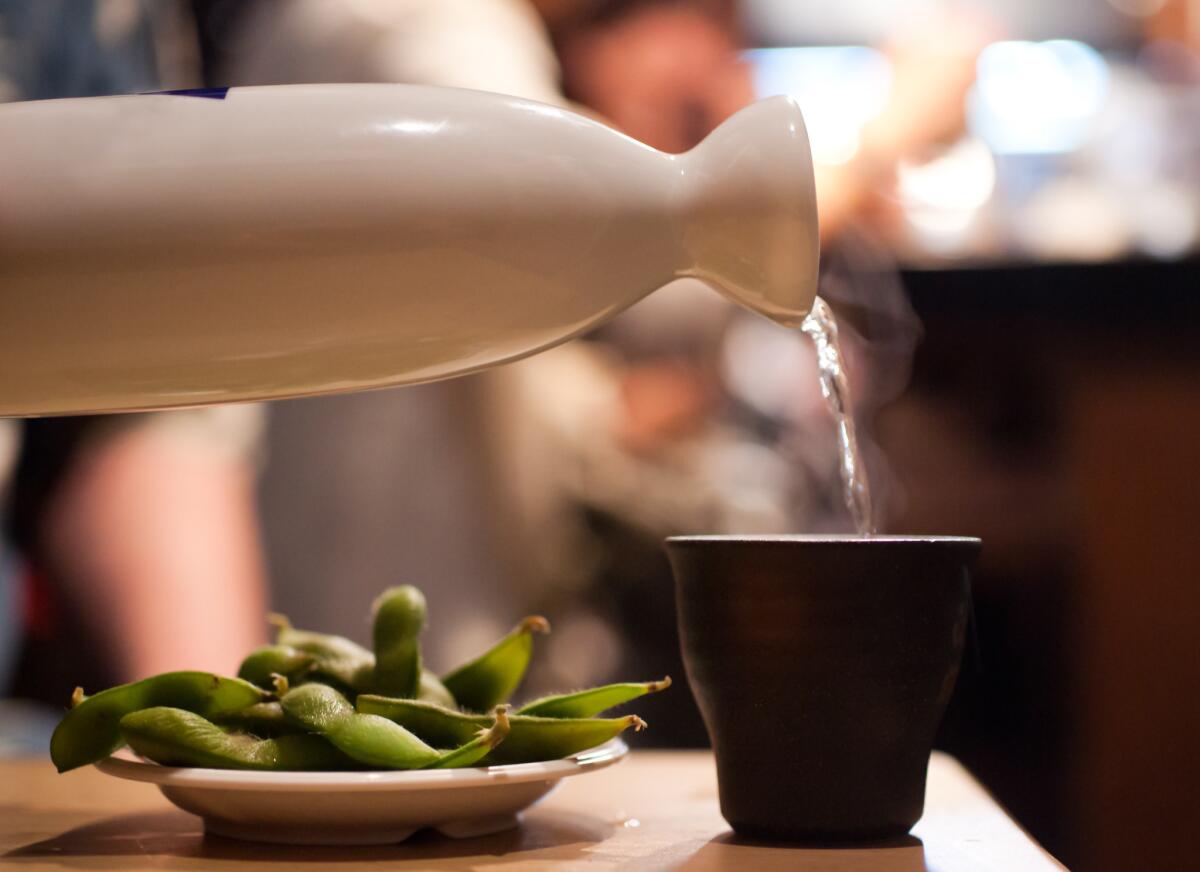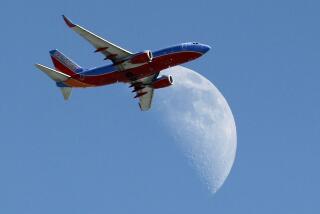It was just several sips of Japanese sake, for heaven’s sake, but was it enough to sink this flight attendant’s career?

I didn’t begin to worry until our Boeing 777 aircraft landed at Miami International Airport.
As the aircraft door opened and the gate agent greeted deplaning passengers, a supervisor holding a clipboard announced that one of 16 crew members had been selected for random drug and alcohol screening.
That crew member turned out to be me.
Pilots and flight attendants are subject to random drug and alcohol tests at the completion of every trip sequence. This is mandated by the Federal Aviation Administration’s Anti-Drug and Alcohol Misuse Regulation and has been implemented by every U.S. airline.
The selected crew member is told to sign consent forms and report immediately to the airline’s airport medical facility for testing. Failure to report and provide adequate specimens for testing or failure to cooperate in the testing process will result in termination of employment. The cause: insubordination.
My concern deepened after I signed the consent forms and walked through the bowels of the airport toward our airline medical facility. My urine sample would be tested, the documents said, for marijuana, cocaine, PCP, opioids and amphetamines.
Because I don’t use drugs, my urine sample would not be cause for alarm. Instead, I worried about the Breathalyzer test for alcohol.
The FAA mandate says, “Employees may not perform flight crew member [pilot], flight attendant, or air traffic controller duties within eight hours after consuming alcohol.”
The night before flying from Saõ Paulo, Brazil, to Miami, I dined with a crew member at a Japanese restaurant. At dinner, I drank several cups of sake, but I couldn’t remember exactly how many.
They were small Japanese serving cups, not much larger than a shot glass. Surely they wouldn’t be enough to raise my blood alcohol content, or BAC, to 0.04 or higher (the FAA’s legal definition for intoxication).
Even so, I had taken my last sip 12 hours before reporting for duty, comfortably above the eight-hour threshold.
Although factors such as body weight may alter the process, the average person can eliminate about 0.02% BAC per hour. That’s comparable to a shot of hard liquor, a glass of wine or a single beer.
Theoretically, if my BAC reached 0.04% after taking my final sake sip, I would need about two hours for my reading to return to zero.
My livelihood was now reduced to a mathematical formula.
How potent is sake anyway? How much alcohol does each diminutive cup contain?
I was pleasantly buzzed after leaving the restaurant, but was I intoxicated? No. Could my job be in jeopardy? Yes.
These questions echoed in my mind as I entered the airport medical facility. I stepped into the bathroom and relieved myself in a plastic beaker provided by the specimen collector.
I was told not to flush the toilet for any reason. Doing so would negate my test and compel me to drink water until my body could create another sample.
If the sample read at an odd temperature, the specimen collector was required to accompany the employee into the bathroom while the second sample was provided.
Here’s why the temperature question is important: The collector told me about a person who presented someone else’s urine as his own. Because the fake sample was several degrees below normal, the person failed.
It’s rare for crew members to test positive for drugs or alcohol, but it happens.
In mid-January, a few weeks before my own drug and alcohol-testing session, a pilot was arrested on suspicion of being drunk before flying out of London’s Gatwick airport.
In March 2016, a pilot was arrested in Detroit for failing a Breathalyzer.
And in 2015, before a flight from Oslo to Crete, four of five crew members who worked for a low-cost airline serving the Baltics and Russia, among other places, tested above the legal limit and were arrested.
The co-pilot was sentenced to six months in prison. Two flight attendants received 45- and 60-day sentences. The captain, who tested at more than twice above the legal limit, continues to argue his case.
I blew into the Breathalyzer. Crossed my fingers. Waited for the result. As is the case with many of us forced to place our future in the hands of an imperfect process, my life flashed in front of me.
The flashing intensified until two red digits, 0.0, appeared on the Breathalyzer screen.
During my next layover, maybe I’ll drink soda.
More to Read
Sign up for The Wild
We’ll help you find the best places to hike, bike and run, as well as the perfect silent spots for meditation and yoga.
You may occasionally receive promotional content from the Los Angeles Times.






